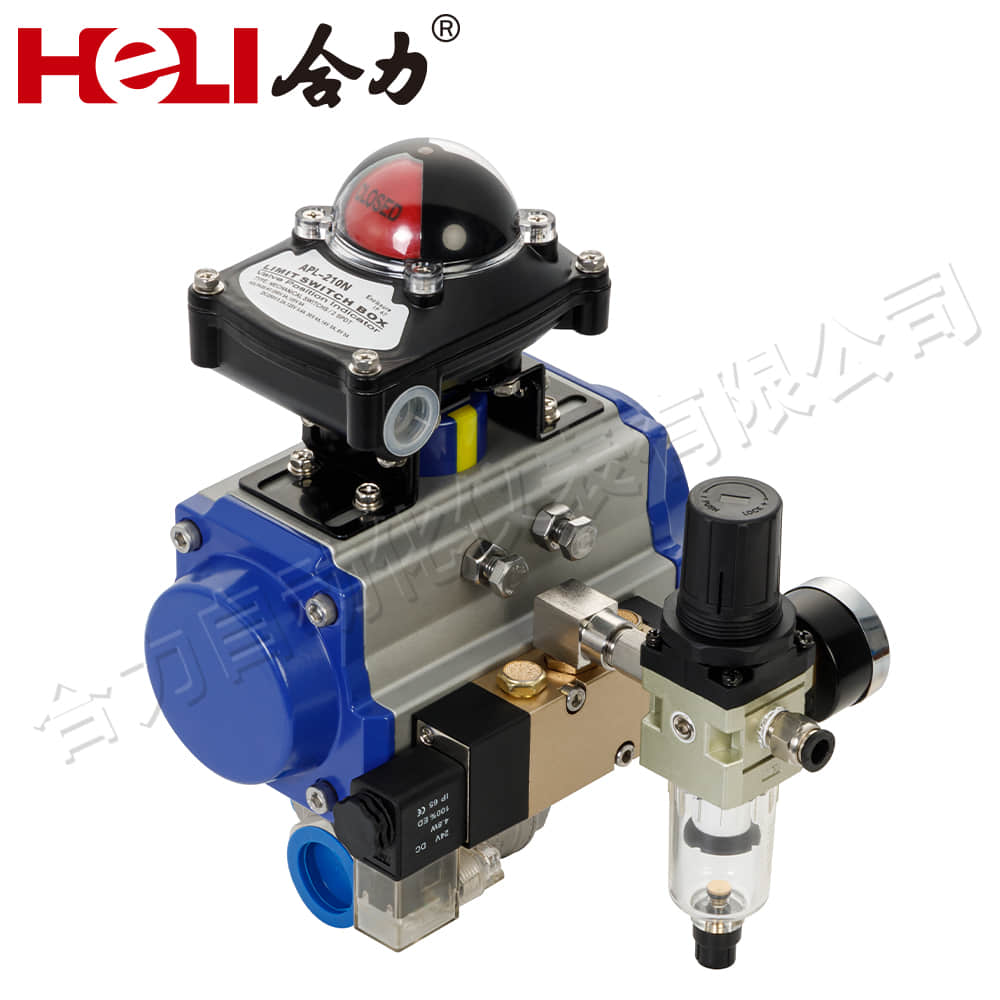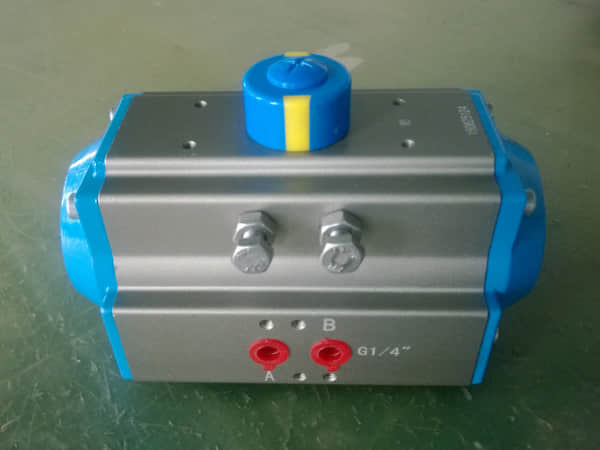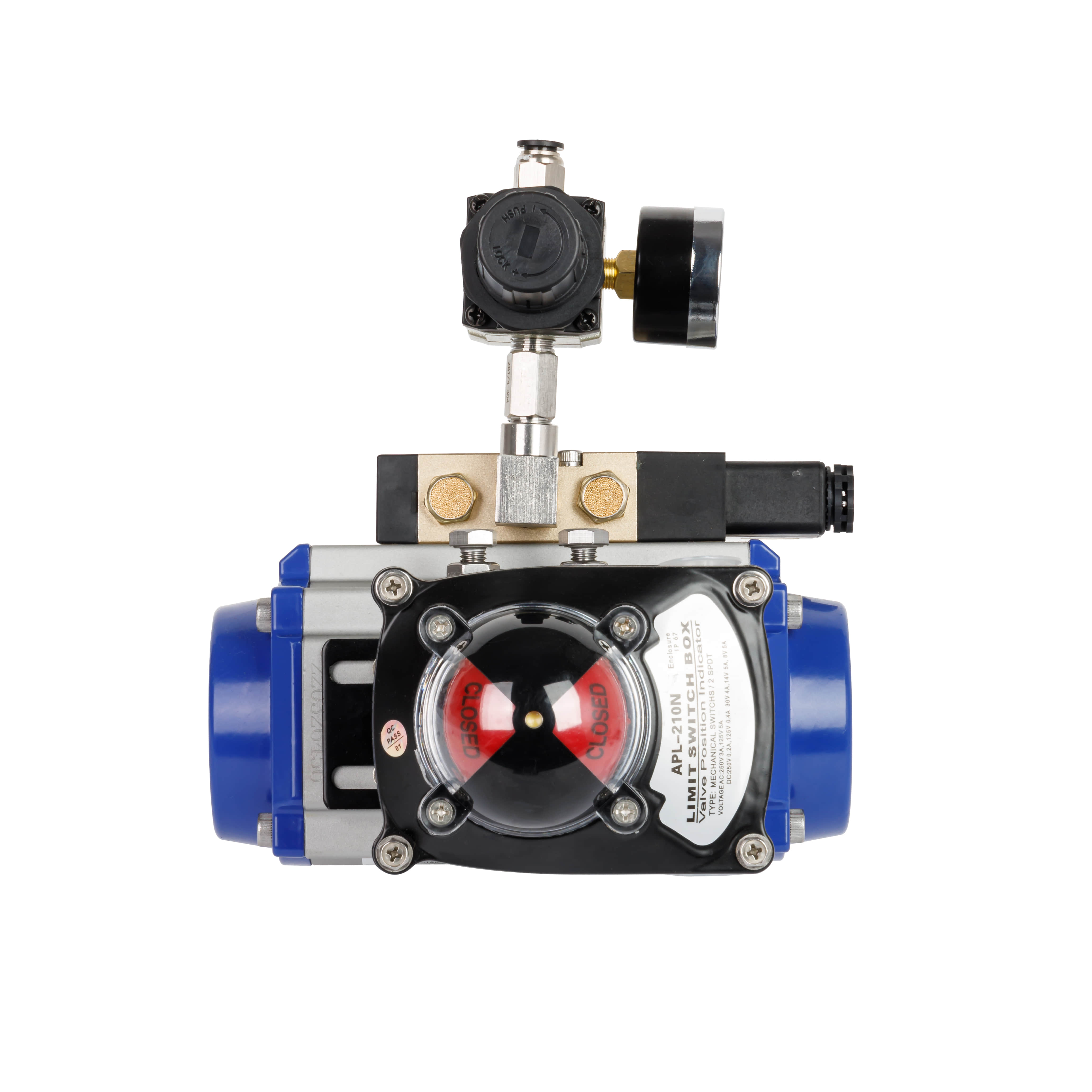
Pneumatic actuators are essential components in various industrial applications, converting compressed air into mechanical motion. Their ability to provide precise control, rapid movement, and reliable performance makes them a popular choice across multiple sectors, including manufacturing, automation, and aerospace. This article delves into the working principles, types, advantages, disadvantages, and common applications of pneumatic actuators, highlighting their significance in modern engineering.

Working Principles of Pneumatic Actuators

